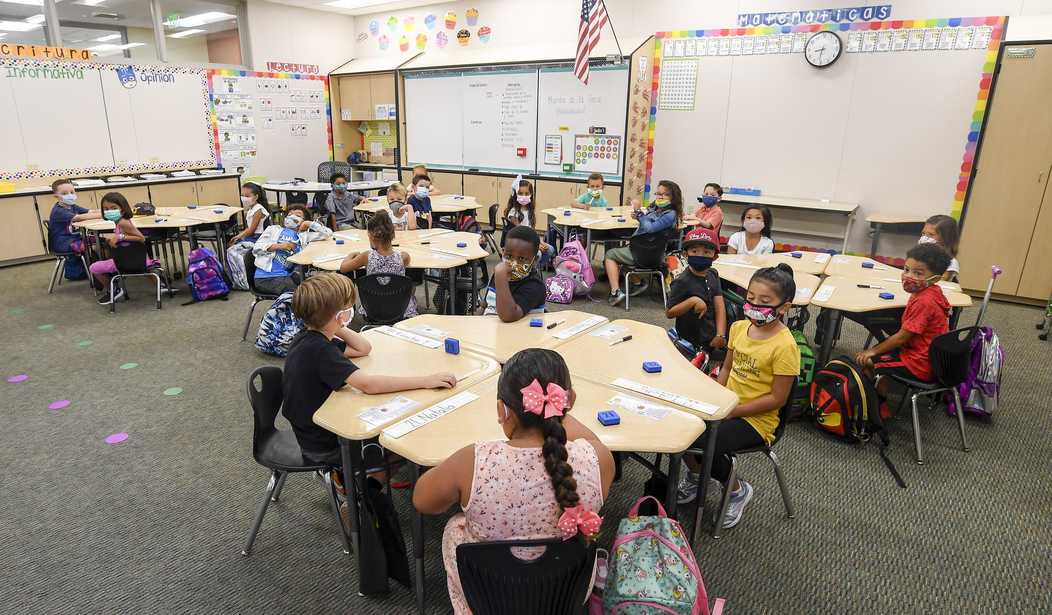The argument over how to handle COVID-19 regarding children has been perhaps the most absurd aspect of our response to the coronavirus. Many districts kept kids out of the classroom for over a year in response to a virus that statistically isn’t dangerous to them. Then there are the insane masking requirements, which studies have repeatedly disproven as necessary.
But they were “doing something,” and that’s what really matters when one’s entire existence centers around the signaling of virtue. Yet, to justify their actions, another talking point arose over the last several months. You see, even though children are obviously at extremely low risk from death regarding COVD-19, they are at significant risk of getting “long COVID” the hysterics have asserted. And if you don’t care about “long COVID,” then you don’t care about kids.
So is that true? A new study out of the United Kingdom provides a definitive answer: Nope.
Previous ONS statistics have been widely misused, and difficult to interpret due to unavailable methods
This is all put to bed now. Excellent, transparent comparisons with a suitable control group.
Importantly, it includes COVID cases which would be missed by NHS testing
2/
— Alasdair Munro (@apsmunro) September 16, 2021
Here’s the most incredible statistic, though. Children in the control group of children who hadn’t been infected had a higher rate of symptoms than children who actually had COVID at certain points in the reporting period (4 and 12 weeks).
Rates of continuous symptoms going on for 12w were also extremely low for kids aged 2 – 16y who had tested positive for #COVID19 (only around 1%)
This was generally low across the study (3% of COVID +ve vs 0.5% of controls)
— Alasdair Munro (@apsmunro) September 16, 2021
What that does is expose the original fallacy that so many were operating under, i.e. taking symptoms present in children and giving them the label of “long COVID” when those symptoms were never proven to be caused by COVID-19 at all. Now, this extremely detailed study shows that many of the symptoms in question are common among children with or without a prior coronavirus infection.
This is the same mistake people make with masks. Despite the fact that data sets continually show mask-mandates don’t work, every time someone who is anti-mask gets infected, there is a rush to blame the lack of a mask for said infection. Yet, what science tells us is that people who do and don’t wear masks get infected at essentially the same rates. In short, the mask is largely irrelevant to the question of spread just like “long COVID” is largely irrelevant to the question of risk for children.
That’s not to say it’s impossible for a child, especially one with pre-existing conditions, to develop long-term symptoms due to COVID. Anything is possible at some infinitesimal level, including death. Yet, the hysterical claim that one in seven children are developing “long COVID” appears to be completely false.
This is great news for people that care about developing policy based on facts and data. It’s not good news for those who seemingly need children to be at high risk in order to justify their nonsensical measures.














Join the conversation as a VIP Member